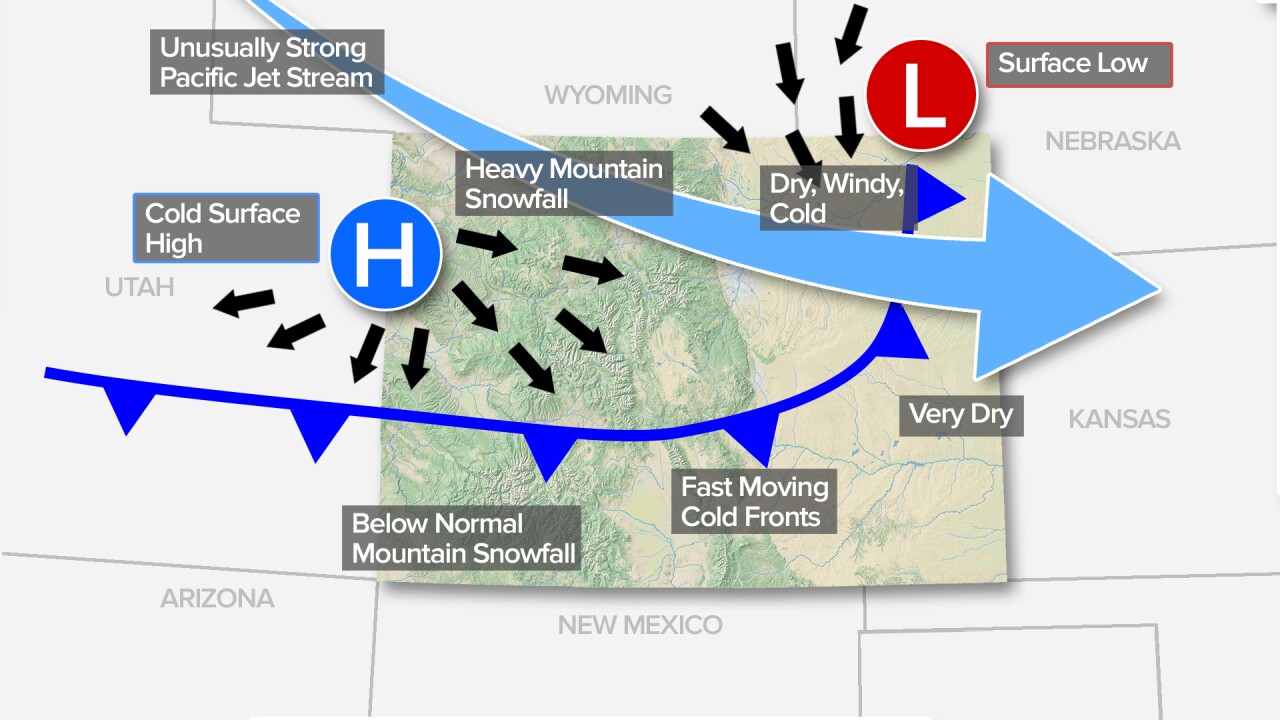La Niña, the cool phase of the ENSO climate phase, has returned to the tropical Pacific.

According to forecasters at NOAA Climate, there is an 87% chance La Niña will continue into this winter season.
This will be the second year in a row of a La Niña formation in the tropical Pacific. It is not uncommon for La Niña to occur in consecutive winters.
Forecasters are unsure how strong this current La Niña phase will be. Some model averages suggest a weak La Niña, while others say at least a moderate intensity is possible.

La Niña, the cool phase of the El Niño-Southern Oscillation climate pattern, occurs when colder than average water develops in the equatorial Pacific.
During a La Niña phase, strong trade winds blow east to west and push warmer water back to Asia. Cold, nutrient-rich water from below the surface rises to the top from a process called "upwelling".

The ocean and atmosphere are connected, and so during El Niño or La Niña phase, certain weather patterns become more common.
During a La Niña phase, cool ocean water at the equator pushes the jetstream northward.
Typically, we see a wetter and colder pattern across the Pacific Northwest with warmer and drier weather across the southern half of the United States.
The stronger the La Niña, the more these effects can be felt.

Here are the general effects a strong to moderate La Niña can have on Colorado.
Northwest jetstream flow will bring cold air and energy to the mountains, which will produce moderate to heavy snow across central, north, and northwest Colorado.
Snowfall across the San Juans and eastern mountains is usually below normal.
In the plains, we tend to stay warm and dry from dry chinook winds off the mountains and dry, gusty cold fronts out of the north.

From Denver to Colorado Springs and down to Pueblo, a strong to moderate La Niña can lead to warmer and drier winters.
This means less snow and a likely increase in drought.
Even though La Niña is a good indicator if this kind of weather, it's never a guarantee.
We've had snowy and cold winters in the plains during La Niña winters, but more often than not, they're warmer and dry.
Weak La Niña phases generally have little to no effect on Colorado's weather pattern through the winter.

